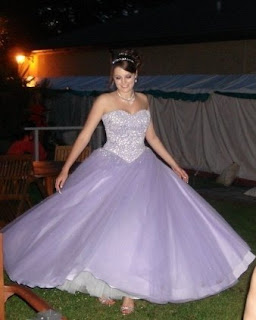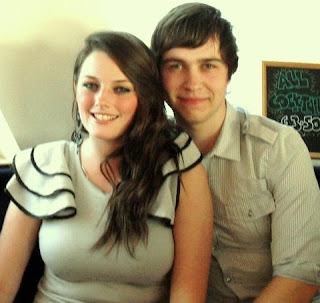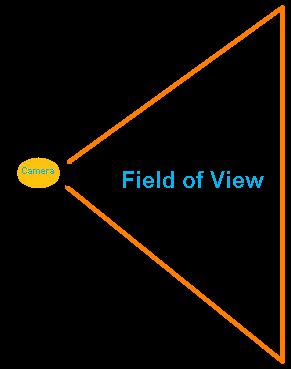Cinematic Techniques:
In filming the use of various shot sizes can affect the meaning of what the audience think the shot means.
Common shot sizes:
-gives the audience a sense of location.
-generally used as a scene-setting.
- it normally shows an exterior, eg a building, or a landscape.
-there will be very little detail in the shot, it's meant to give a general impression.
-isolation, vulnerability and space.
-often cities, countryside or scenic views.

Long shot:
- all or nearly all of the standing person fits into the camera frame.
- shows the audience a large scale action.
- gives the audience the full view of a person for understanding.
-plenty of background detail still emerges.

Medium shot:
- character shown from waist up on the camera.
-normally used for dialogue scenes.
-any more than three figures and the shot tends to become a long shot.
-background detail is minimal.

Close-up shot:
- shows the head and neck of a character.
- facial expressions are very important close-up shots for reactions.
- this shows very little background, and concentrates on an object.
- the close-up takes us into the mind of a character.

Extreme close-up shot:
-Very small objects or facial features are in the camera frame.
-Good for tension.
-Shows the audience a specific image.
-Generally magnifying beyond what the human eye would experience in reality.
-The tight focus required on the camera, to let the audience see detail.

I already know a range of camera shots due to AS level media studies, when i used a camera to produce my front image for the magazine.
The Field of View (FOV) is the angle described by a cone with the vertex at the camera's position. It is determined by the camera's focal length, with the shorter the focal length the wider the FOV. For example, for a 35mm lens the FOV is 63 degrees (wide-angle), for a 50 mm lens it is 46 degrees (normal), and for a 135 mm lens it is 18 degrees (telephoto). A wide angle lens exaggerates depth while a telephoto lens minimizes depth differences.

Camera Angle:
The camera angle helps to determine the point of view of the camera.
Viewers expect the camera to show a level horizon. If the camera is not then it appears different to the audience.
A birds eye shot:
This shows a scene from directly overhead, a very unnatural and strange angle. Familiar objects viewed from this angle might seem totally unrecognisable at first (umbrellas in a crowd, dancers' legs). This shot does, however, put the audience in a godlike position, looking down on the action. People can be made to look insignificant, ant-like, part of a wider scheme of things. It's like looking to the ground out of an aeroplane.
Uses of Birds Eye View Shots: Camera Angles: All About Camera Angles and Moving Shots eHow.com
High angle shot:
Not so extreme as a bird's eye view. The camera is elevated above the action using a crane or a tripod to give a general overview. High angles make the object photographed seem smaller, and less significant (or scary). The object or character often gets swallowed up by their setting - they become part of a wider picture.This angle is good for looking down on someone showing vulnerability.
Uses of High Angle View Shots: Camera Angles: All About Camera Angles and Moving Shots eHow.com
Low angle shot:
These increase height and help give a sense of confusion to a viewer, of powerlessness within the action of a scene. The background of a low angle shot will tend to be just sky or ceiling, the lack of detail about the setting adding to the disorientation of the viewer. The added height of the object may make it inspire fear and insecurity in the viewer, who is psychologically dominated by the figure on the screen.It can also show authority of the person who is in the frame, as the audience is looking up to them.
Uses of Low Angle Shots: Camera Angles: All About Camera Angles and Moving Shots eHow.com
Eye level shot:
A fairly neutral shot; the camera is positioned as though it is a human actually observing a scene, so that eg actors' heads are on a level with the focus. The camera will be placed approximately five to six feet from the ground, as if the audience were on level with what is happening in the frame.
Uses of Eye Level Shots: Camera Angles: All About Camera Angles and Moving Shots eHow.com
Point of view shot/ over the should shot:
Uses of Over The Shoulder Shots: Camera Moves: All About Camera Angles and Moving Shots eHow.com
Camera moves:
Different camera moves help make the film or feature look more realistic. Doing things which a person would do, like, look around, makes the audience believe they’re watching something from a point of view.
Panning shots:
Panning is often used to follow a moving object or character. It can also be used to establish a shot, like panning a room to get the full mise-en-scene. It is likewise used as a transition between one camera position and another.
Uses of Pan Shots: Camera Moves: All About Camera Angles and Moving Shots eHow.com
Tilted angle shots:
Good for dramatic scenes, another different angle which the audience aren't familiar with as its not a normal viewing angle.
Uses of Tilted Angle Shots: Camera Angles: All About Camera Angles and Moving Shots eHow.com
Tilting shots:
A movement which scans a scene vertically.
Uses of Tilt Shots: Camera Moves: All About Camera Angles and Moving Shots eHow.com
Dolly and Tracking shots:
A dolly is a small wheeled vehicle, piloted by a dolly grip, which is used to move a camera around in a scene. A dolly shot is a move in and out of a scene, i.e., the movement is parallel to the camera lens axis. A tracking shot is a movement perpendicular to the camera lens axis. The key to these shots is to have realistic motion. The motion can be judged by looking at how fast humans move and then how many frames it would take to realize this motion. Examples of motion at different speeds are given in the table below.
 Hand held shots:
Hand held shots:
The hand-held movie camera first saw widespread use during World War II, when news reporters took their windup Arriflexes and Eyemos into the heat of battle, producing some of the most arresting footage of the twentieth century. Hand held cameras denote a certain kind of gritty realism, and they can make the audience feel as though they are part of a scene, rather than viewing it from a detached, frozen position.
Uses of Handheld Shots: Camera Moves: All About Camera Angles and Moving Shots eHow.com
No comments:
Post a Comment